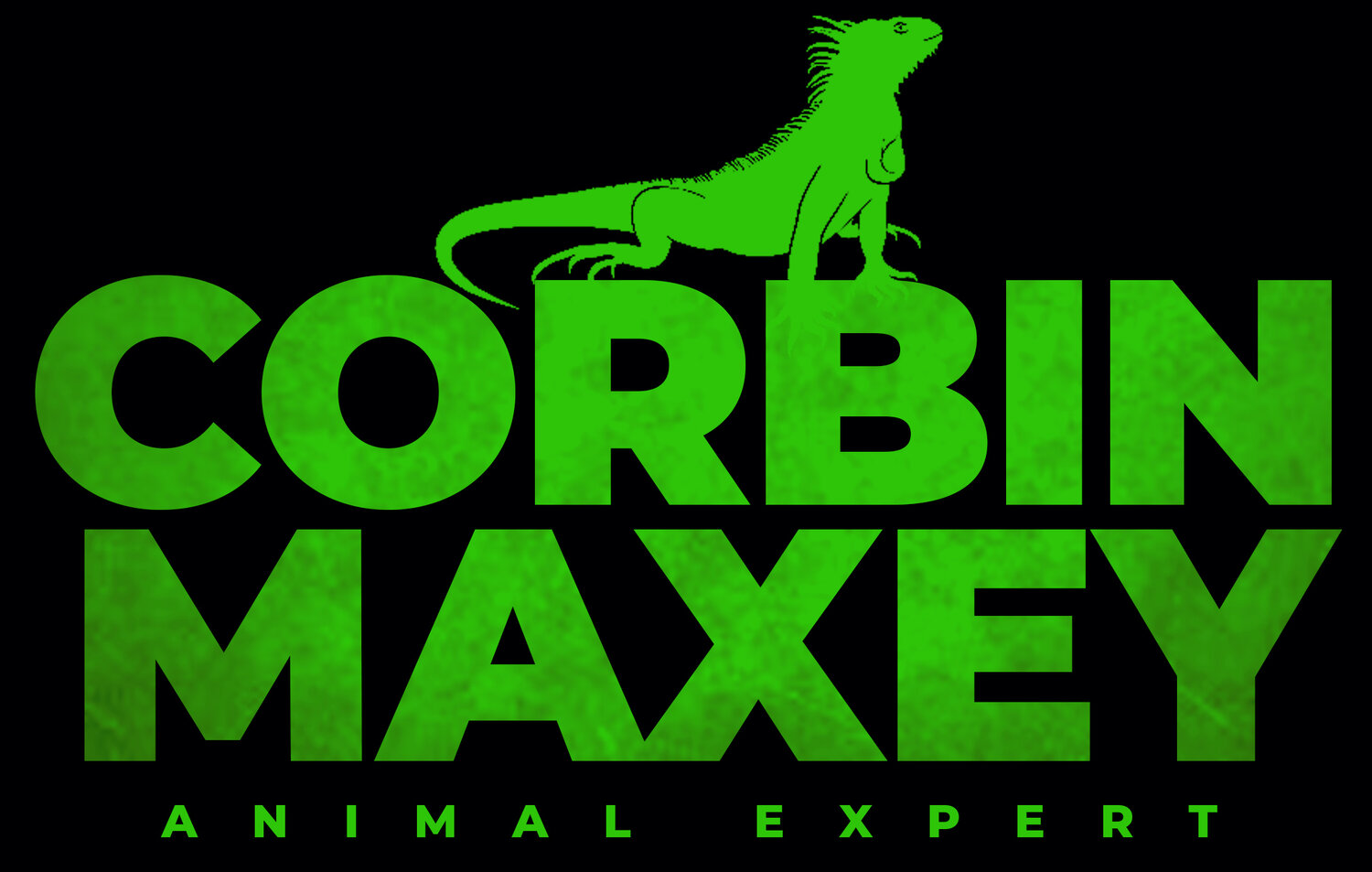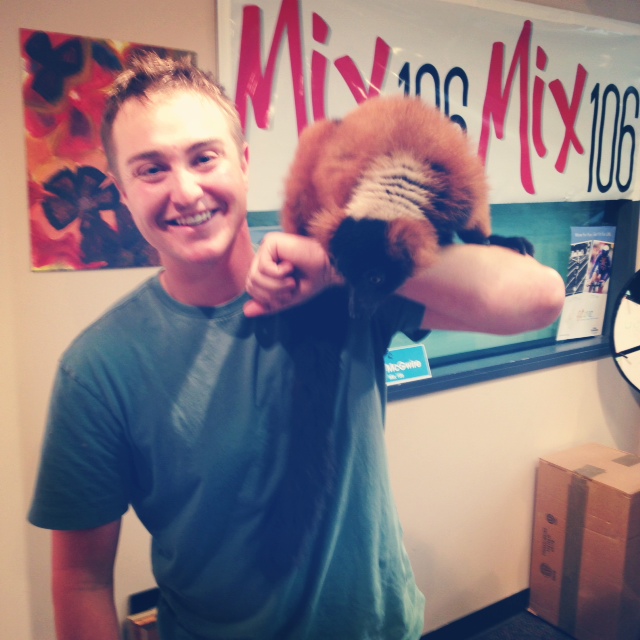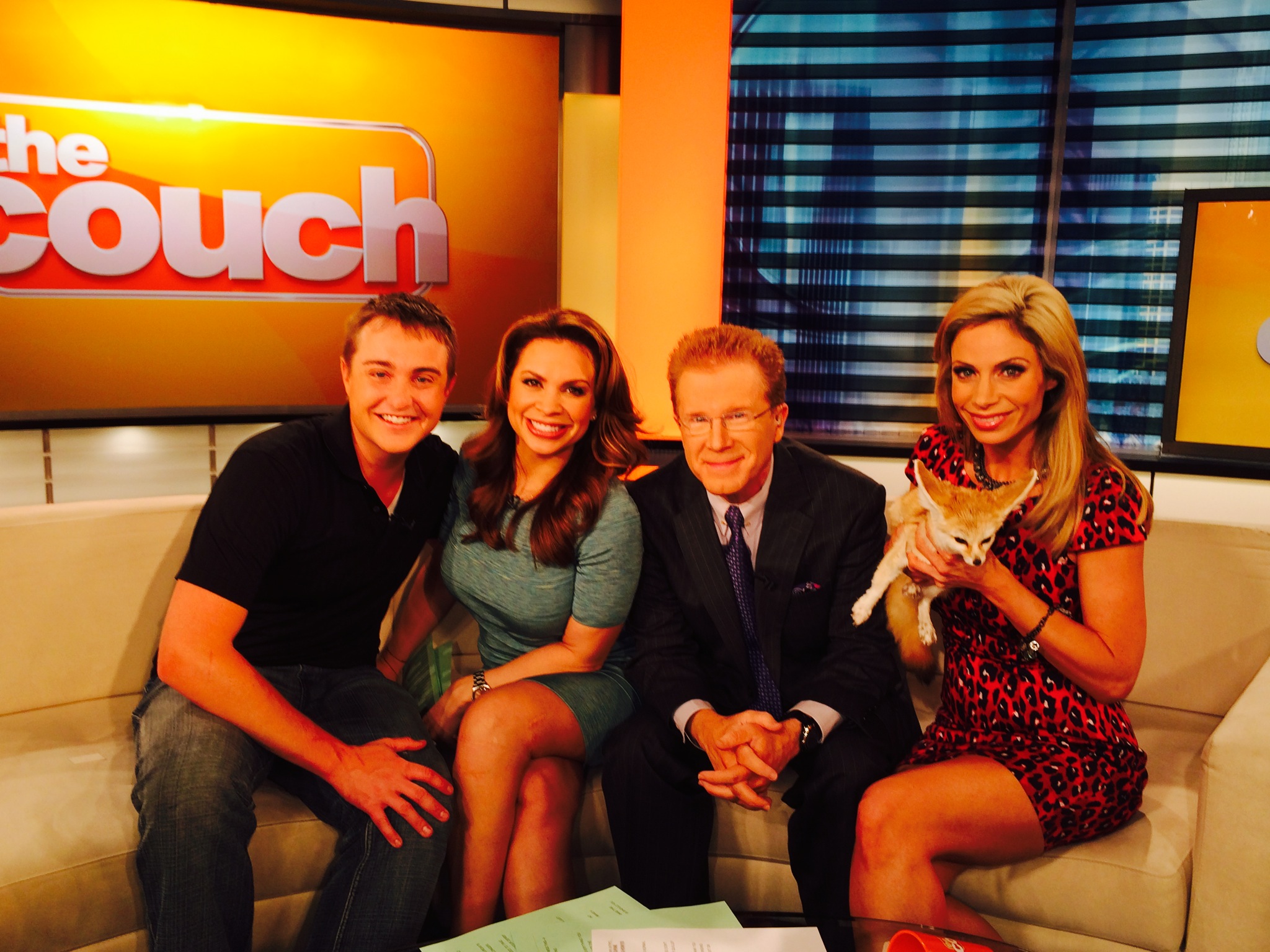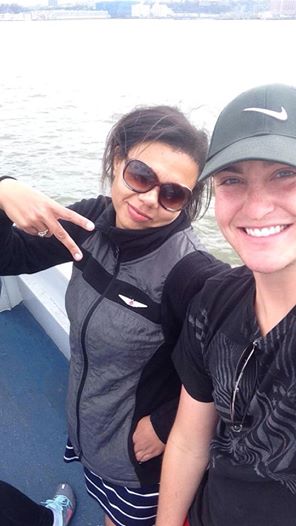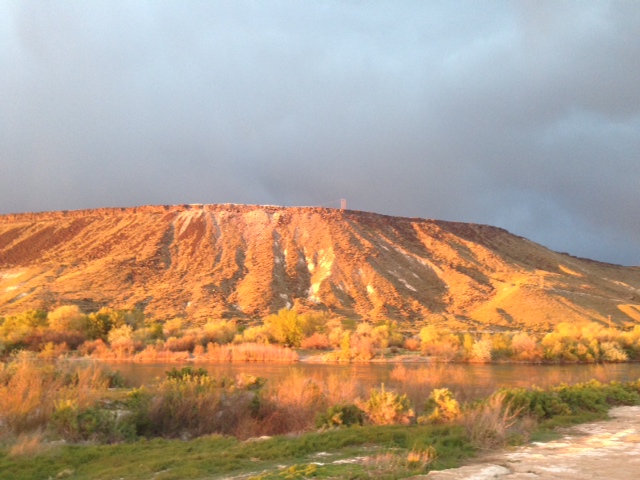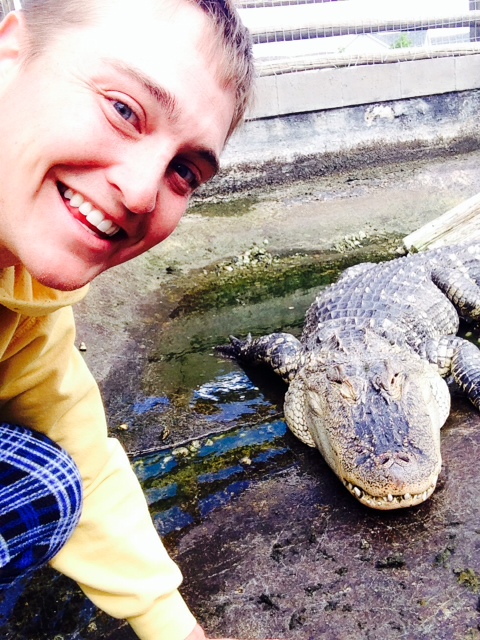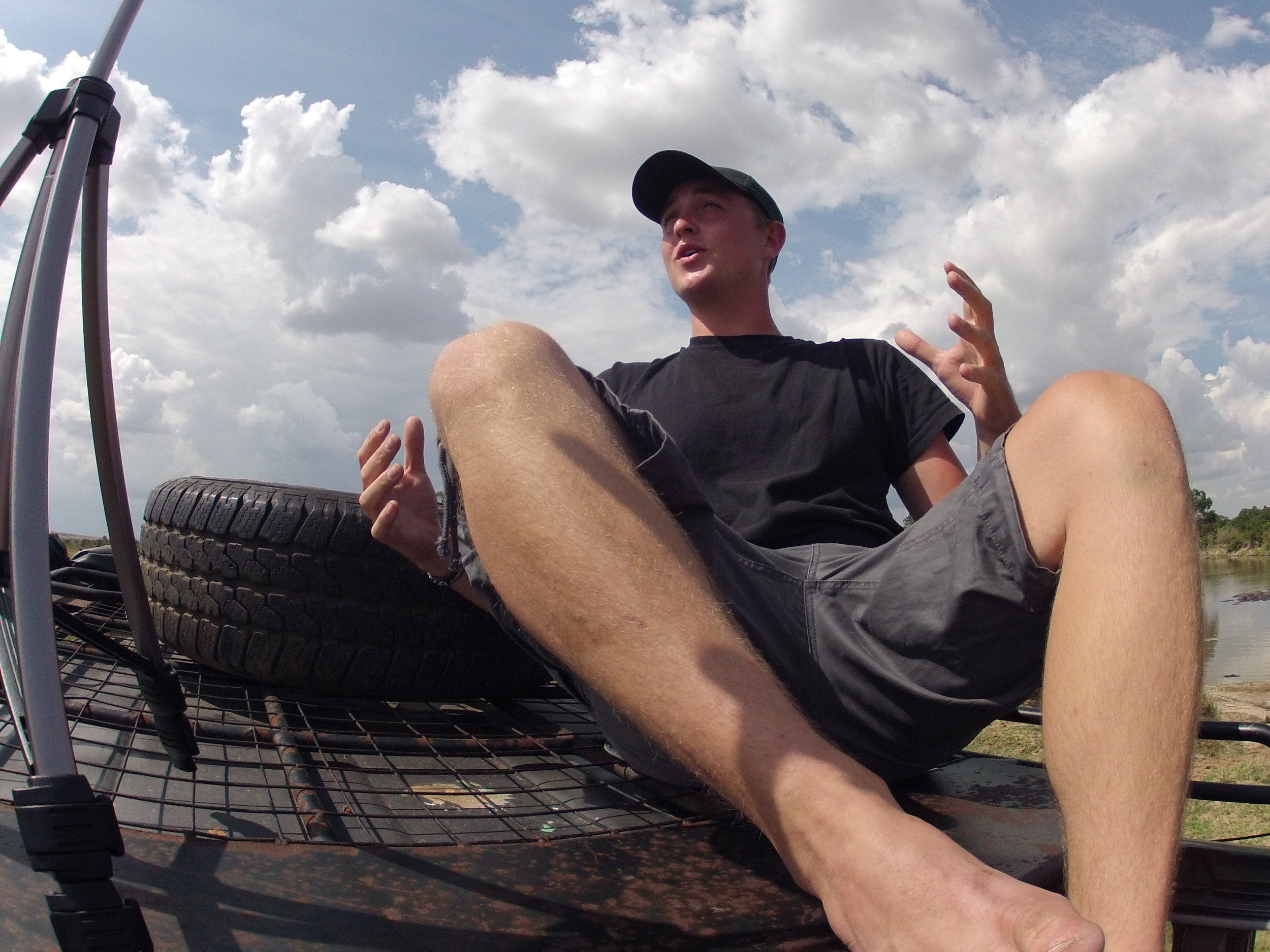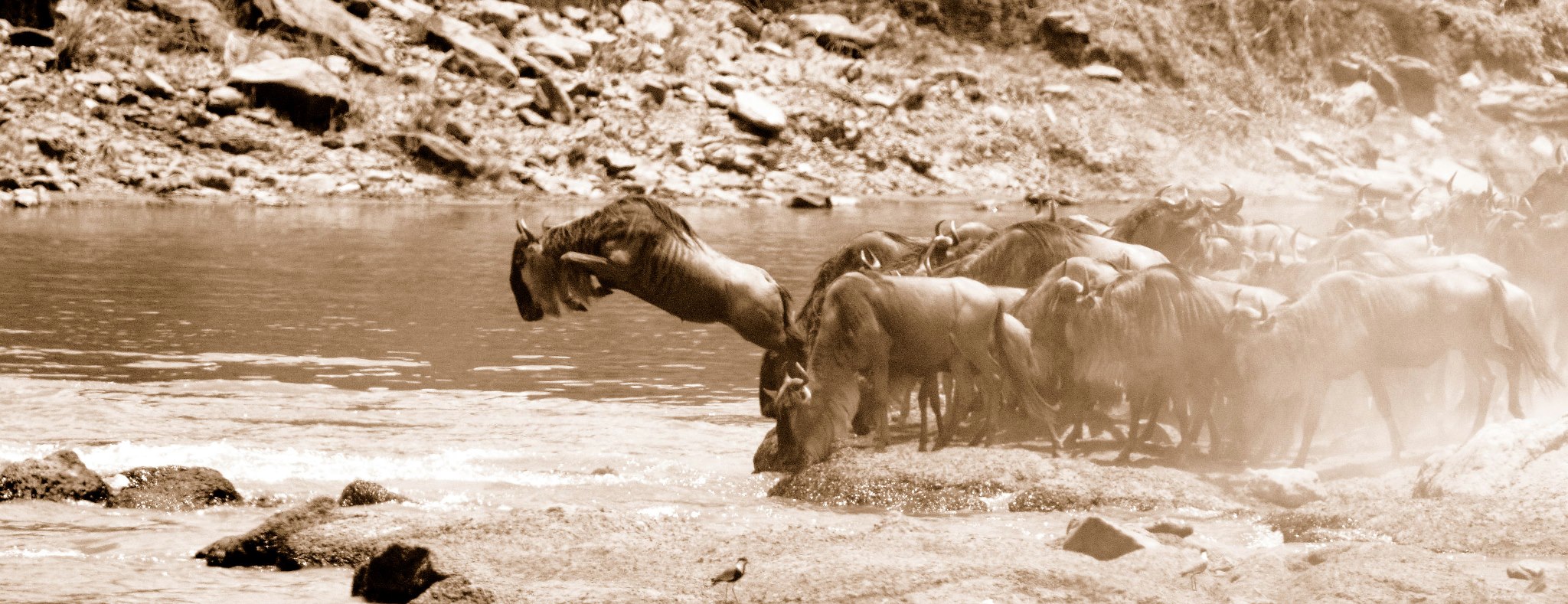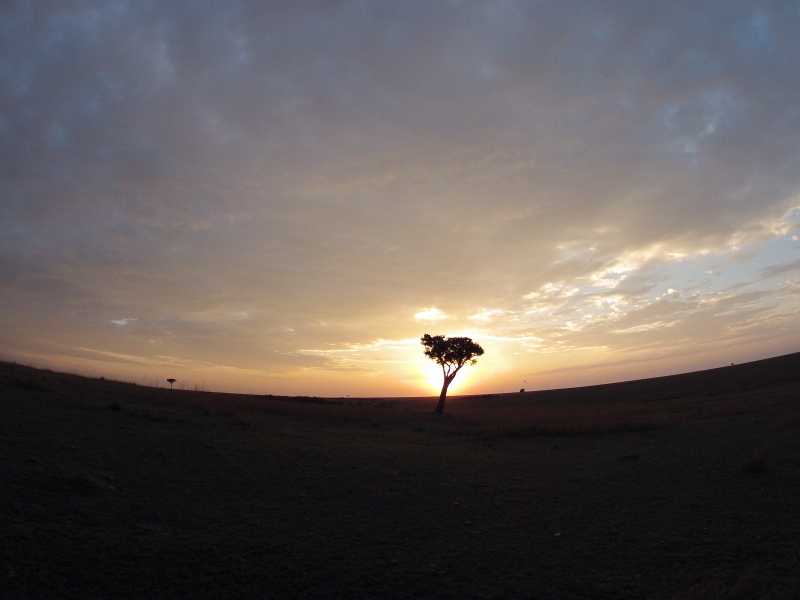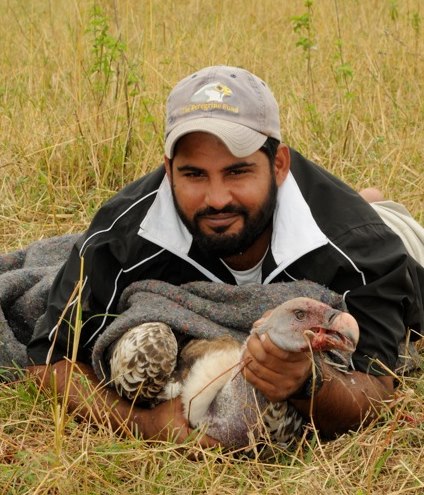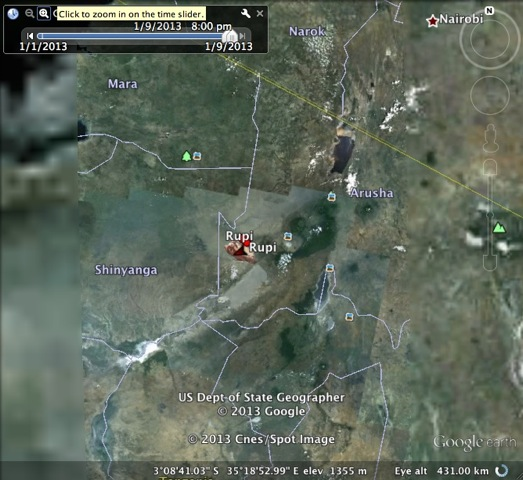 The last few weeks have been incredible. From traveling to New York for "The Today Show" to having a lemur get loose at a radio station, the experiences have been one-of-a-kind! Here's a look at some of my favorite highlights...
The last few weeks have been incredible. From traveling to New York for "The Today Show" to having a lemur get loose at a radio station, the experiences have been one-of-a-kind! Here's a look at some of my favorite highlights...
Promotion for "The Today Show" started a few days prior at Boise's #1 radio show "Mike and Kate in the Morning." I've been appearing on this show for years and have to admit it's one of my favorites. People always ask how can you do animals on the radio? It's quite simple. By using animals that can interact well with the hosts or animals that have a unique story to share. Brandy the lemur was perfect for the show! She even exhibited a few natural behaviors for us by scent marking any and everywhere! This meant peeing on the very expensive radio deck, Kate's chair, and my shoulder. It was also a great time to talk about the critically endangered Red-ruffed Lemur and other threatened species in Madagascar.
Another added plus was being on the show with musician Ryan Star. I've been a fan of his music for years and Junior and I ended up having something in common with him; we all were 'Leno' alumni! (Junior was the first animal I ever took on "The Tonight Show" at 14.) I would highly recommend Ryan's new album Angles + Animals. Check out more footage of the segment below.
With everything set to record, we were off to New York!
There is something incredible and unique about New York City. The tall sky skyscrapers, lights, and endless possibilities have drawn people here from all walks of life for centuries. There is simply no place like it. Every time I have the opportunity to visit it's a complete different experience. From the days of touring here at 18, dreaming of a chance to be on some of the most famous shows in the world, to the times when my dreams actually became a reality.
One of the #1 questions I get when I go back to New York is how we are able to transport the animals from Idaho. The answer is we don't. All of the animals used in the segments are from private, licensed facilities that specialize in using animals for educational outreach programs.
I couldn't have been more excited to share a few rainforest animals with KLG and Hoda and talk about one of the most threatened ecosystems in the world. Every time I have the opportunity to appear on national television, I feel so incredibly fortunate that I'm able to share my passion of animals with the country. Hopefully by doing so, I'm able to help educate and inspire people to protect them and their diminishing habitats. Shorty after, the Nielsen Ratings came in showing an national audience of over 2 million. I'd say the segment was success!
The next morning I stopped by the New York morning show "The Couch." I was thrilled to be able to talk about some of my favorite nocturnal animals including an Owl Monkey, Fennec Fox, and a porcupine. My favorite moment? When Abu the Owl Monkey spilled boiling hot coffee over my hand 3 seconds prior to air.
After a few days of press it was time to finally relax and explore the city. It was especially nice because I was joined by a few of my family members, including my cousin Terrie who'd never been to New York.
Our time in New York was incredible. No matter how many times I come here, each visit is a complete different experience filled with memories I'll never forget. Even though it's always bittersweet leaving, I was excited to get back home to the animals and the place I call home where there isn't a skyscraper in sight!
With spring wrapping up and summer just around the corner, there are so many things to look forward to. New animal exhibits, TV appearances, and projects are all starting to take flight. Until next time- Corbin
